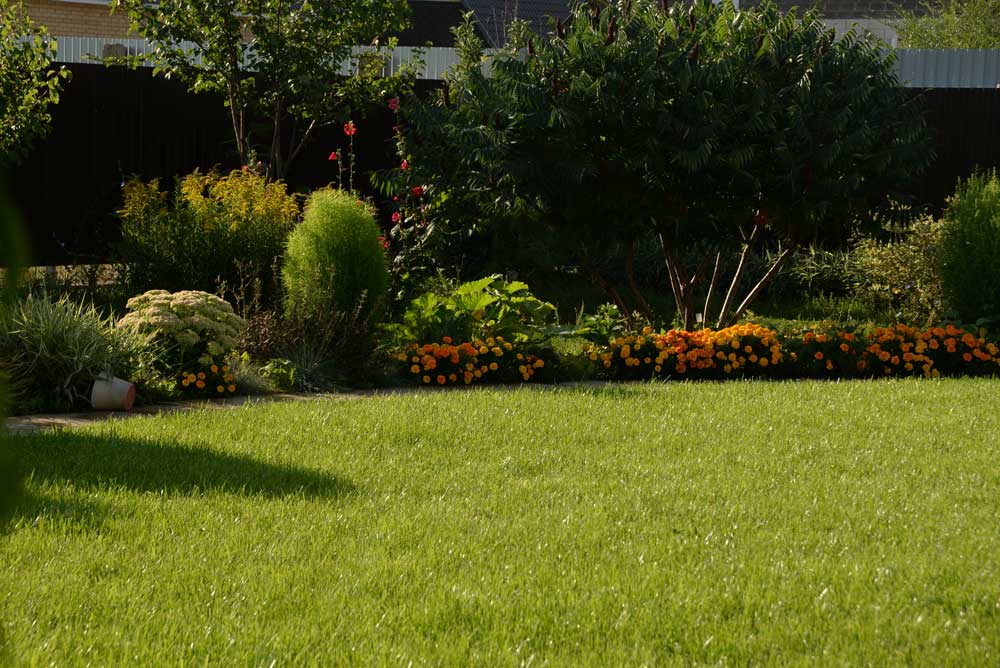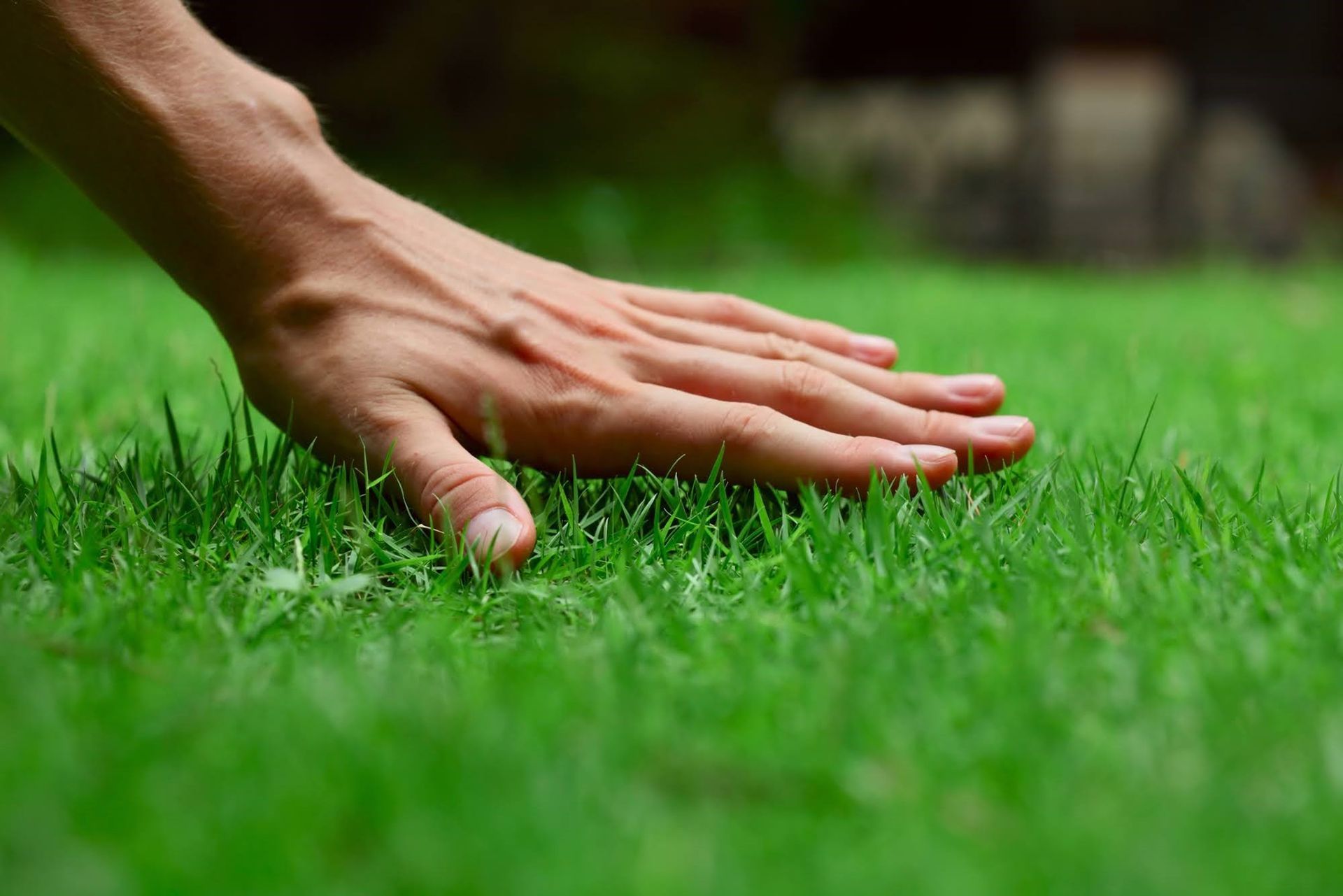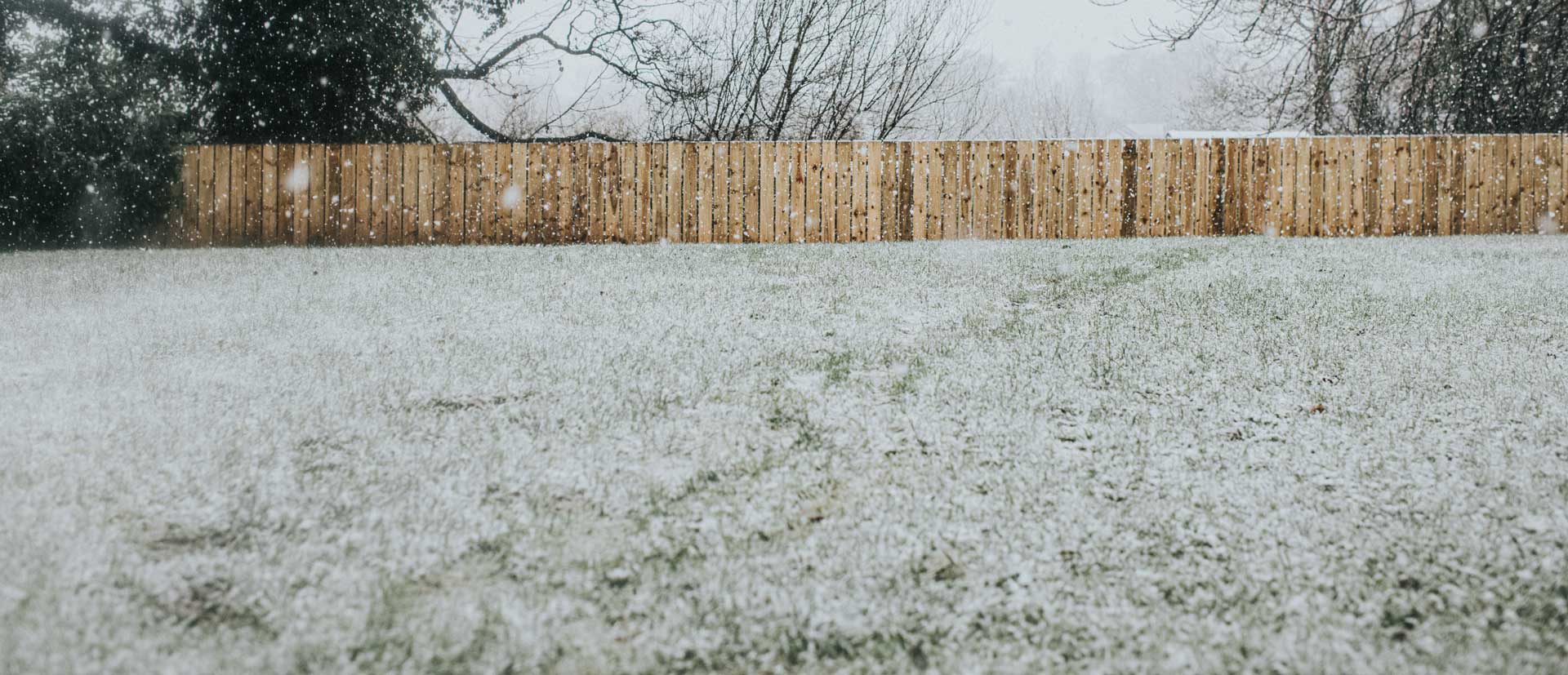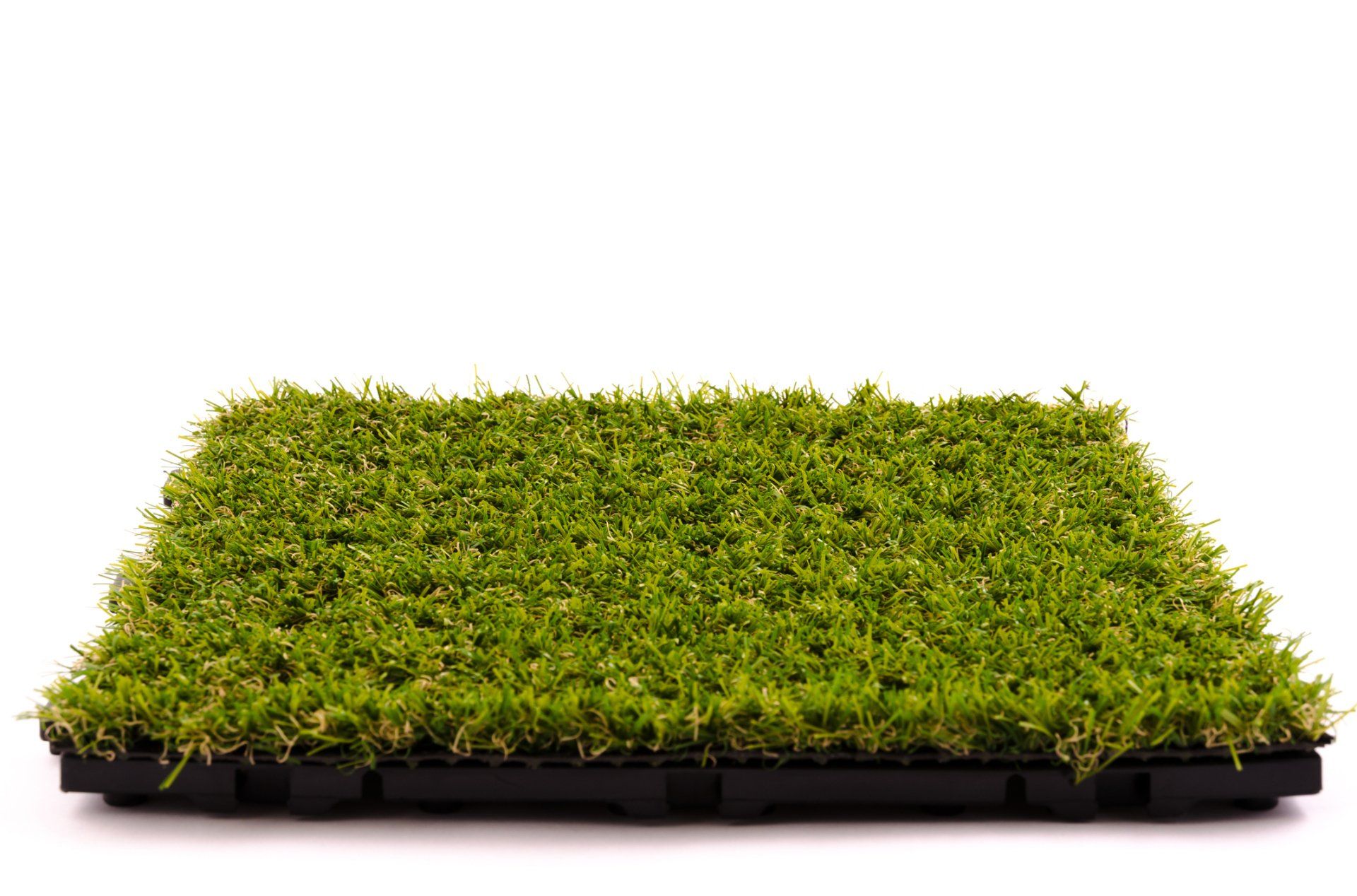4 Guidelines to Treat Your Turf Right
- By Admin
- •
- 08 Oct, 2020
- •

When you install turf to cover your lawn and keep it even, you may think that installing it is the end of the matter, or that the turf will grow into your ground without any further input.
To keep your lawn in good condition, though, you'll need to continue to invest yourself in caring for your turf properly. Here are a few guidelines on taking care of your newly-turfed lawn so you can keep the grass greener on your side of the fence.
1. Buy the Right Fertilizer
When you use turfgrass for your lawn, you'll still need to consider the soil underneath your new additions. The grass is still alive, after all, so it needs nutrients just as much as naturally occurring grass. When you first buy your turf, a seller from a local and trustworthy company should be able to help you test the soil your yard has naturally to see what nutrients you need.
To maintain it afterward, then, you'll need to use that information and find a fertilizer that will supplement where your ground falls short. Look for the nutrient amounts and ratios on the fertilizer when you go to purchase it. Or, better yet, contact the company that sold you the turf and get their recommendations for your fertilizer. A good amount in the fall should help your grass stay healthy all year.
2. Watch Your Water
In the first few weeks after laying down turf, you'll need to water it thoroughly. The grass needs time to grow its roots past the turf surface and down into the topsoil. If you overwater during that time, you'll help the process along; if not, the turf will take longer to reach a healthy level of growth.
Once the grass has rooted itself, though, it won't need as much water. Many varieties of turfgrass are bred to use less water and resist drought, which will help you keep your water bill under control and your yard looking pristine.
3. Mow With Care
Yes, your turf lawn will still require mowing, although you should wait until the roots have set into the topsoil. When you can tug on the grass without pulling it up in sheets, it's only a couple of days away from being ready to mow. Don't wait too long, though; you should mow as soon as possible to encourage top growth.
Make sure to ask your turf professional about the kinds of grass you put into your yard. Every kind of grass has a specific height at which it will thrive, so you'll want to set your mower's height accordingly. A good rule of thumb is to keep it longer in the summer to protect the soil and mow it shorter as the weather cools down. Don't forget to keep your mower blades sharp, too - dull blades can harm your grass.
4. Keep Weeds Away
If your turfgrass grows densely, you'll have less trouble with weeds, but you should still be vigilant. The simplest way to get rid of weeds once they appear is to uproot the whole plant, but you can also use herbicides to attack any problem areas. Again, contact your turf professional to see what kind of chemicals will work with your grass and what kinds will harm it.
If you'd like professional help for your lawn, whether you need to choose and install the right turf, get extra sod, or maintain your grass as a whole, Wright Turf Farms is here to help. Get in touch today for all of your sod and turf needs. We are excited to hear from you.To control the colour or size of this text, please change the global colours or text size under the Design section from the left menu of the editor.









